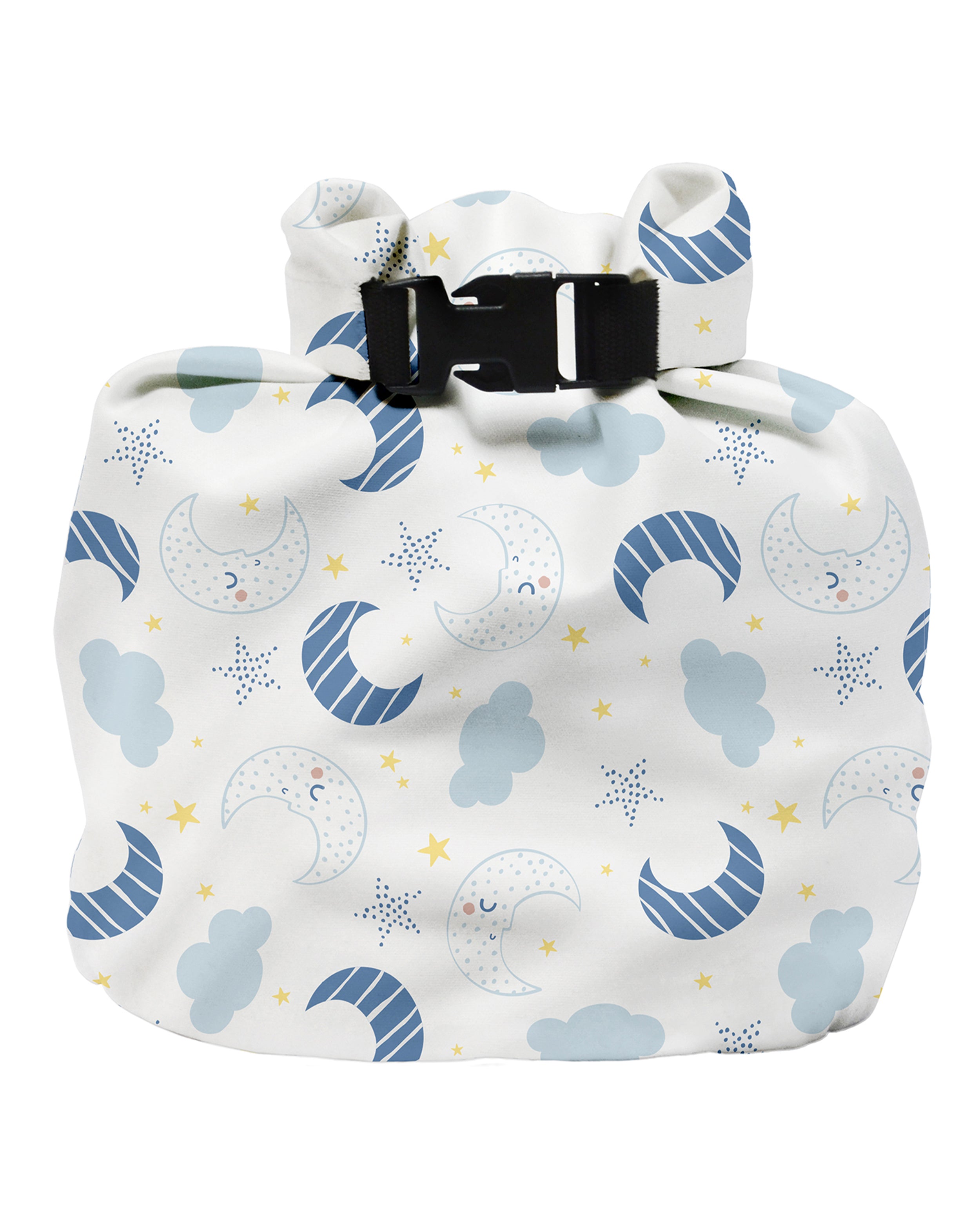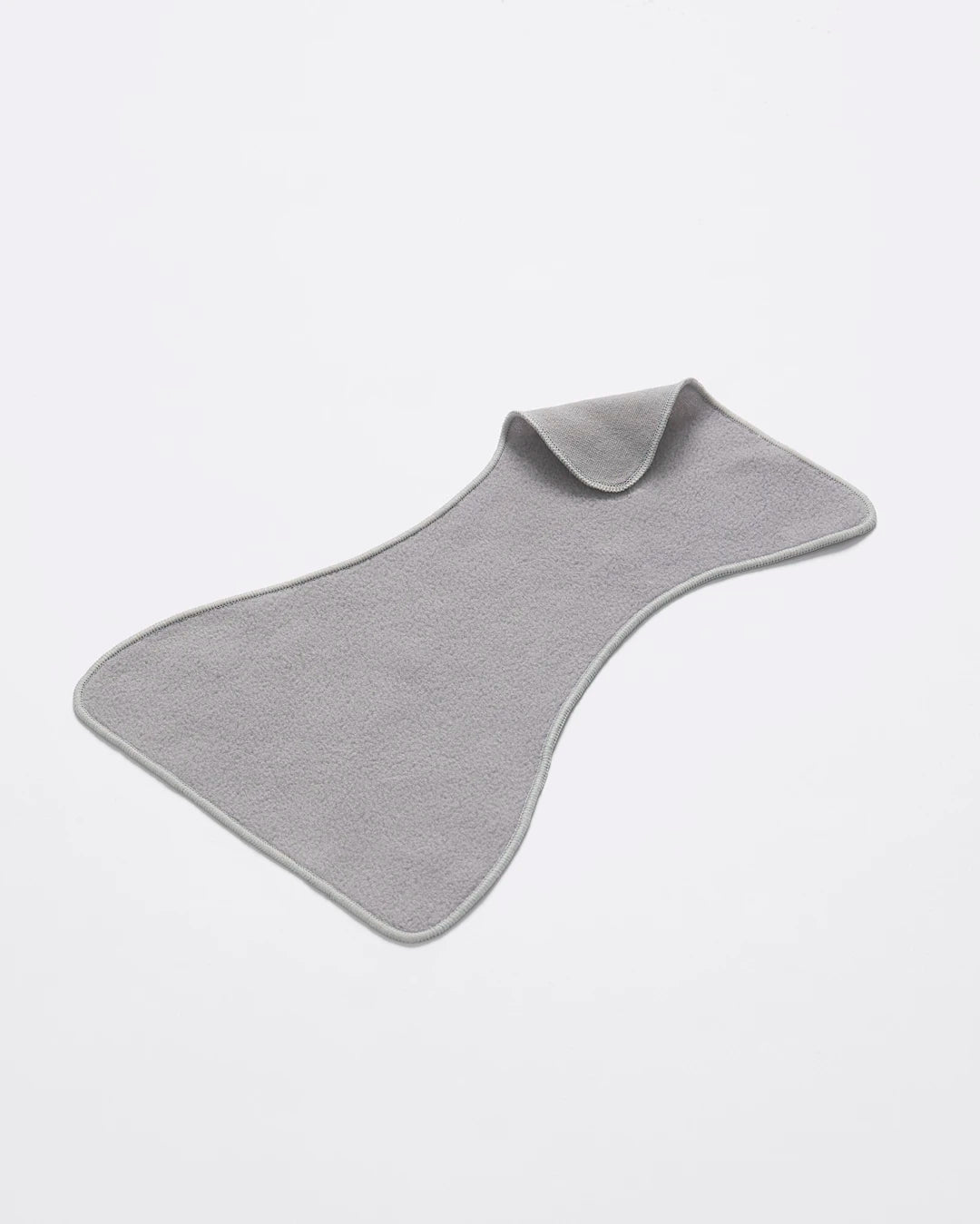Fallopian tubes | Glossary of Pregnancy & Baby Term
Share Options
- Bambino Mio
- 31 / 07 / 2023
Inside this Article:
- What are the Fallopian Tubes?
- What do Fallopian tubes do?
- Do you need both Fallopian tubes to get pregnant?
- What are the parts of the Fallopian tubes?
- The infundibulum
- The ampulla
- The isthmus
- The intramural or interstitial portion
- How big are my Fallopian tubes?
- What are my Fallopian tubes made of?
- Citations and References
What are the Fallopian Tubes?
Your Fallopian tubes (1) are a pair of muscular tubes located between your uterus (2) and your ovaries. They form a conduit between your ovaries, which release eggs every month, and your uterus, where a fertilised egg implants to grow into a baby.
What do Fallopian tubes do?
Your Fallopian tubes play a huge role in conception and pregnancy; they are:
- A kind of “departure lounge” for your eggs - when you ovulate, the finger-like fimbriae at the end of the Fallopian tube sweep the egg into the tube and the muscles usher it down to meet a sperm cell
- The place where fertilisation (3) happens - if the egg meets and fuses with a sperm it’ll happen in the Fallopian tube while the egg is making its way into your uterus
- The passageway for that fertilised egg to travel into your uterus, where it can implant
Do you need both Fallopian tubes to get pregnant?
No. If you’ve lost one Fallopian tube or only have one functioning tube you can still get pregnant as long as the remaining tube and its ovary are in good shape and you’re still fertile.
With in vitro fertilisation (4), you can get pregnant with no Fallopian tubes.
What are the parts of the Fallopian tubes?
Your Fallopian tubes have four parts.
The infundibulum
This is the funnel-shaped portion of your Fallopian tube that’s closest to its ovary. It features finger-like fimbriae (5) which reach towards the ovary and one in particular, the fimbria ovarica, is long enough to almost reach the ovary. These fingers catch a newly-released egg and sweep it into your Fallopian tube.
The ampulla
This is the largest channel in your Fallopian tubes. It’s between the infundibulum and the isthmus and it’s where fertilisation often takes place.
The isthmus
A tiny channel which connects the ampulla to the intramural portion of the Fallopian tube
The intramural or interstitial portion
This part of your Fallopian tube extends to the top of your uterus and opens into the uterine cavity, where the blastocyst (6) can implant into your womb lining and grow.
How big are my Fallopian tubes?
Your Fallopian tubes are around 10cm (4in) to 13cm (5in) in length and between 0.5cm (0.2in) and 1.5cm (0.6in) in diameter.
What are my Fallopian tubes made of?
Your Fallopian tubes are made of layers of muscle with a mucous membrane lining.
The mucous membrane lines the tubes and secretes fluids to create and maintain the optimum environment for fertilisation and early development of the embryo. This lining has tiny swaying hair-like cells called cilia (7) which move the egg, sperm and embryo along your Fallopian tube.
The muscular layer of your Fallopian tubes has a few layers, with the outermost layer being mainly smooth long muscle fibres. The inner layer has circular fibres and these muscles contract to move the egg, sperm and embryo along in their journeys (with some help from the cilia).
Citations and References
- National Institutes of Health (NIH). National Library of Medicine. ‘Anatomy, Abdomen and Pelvis, Fallopian Tubes.’ 2022. Web. www.ncbi.nlm.nih.gov/books/NBK547660
- National Institutes of Health (NIH). National Library of Medicine. ‘Anatomy, Abdomen and Pelvis: Uterus.’ 2022. Web. www.ncbi.nlm.nih.gov/books/NBK470297
- National Institutes of Health (NIH). National Library of Medicine. ‘Embryology, Fertilization.’ 2022. Web. www.ncbi.nlm.nih.gov/books/NBK542186
- National Health Service (NHS). ‘Health A to Z. IVF.’ 2021. Web. www.nhs.uk/conditions/ivf
- Cleveland Clinic. ‘Body Systems and Organs. Fimbriae.’ 2022. Web. my.clevelandclinic.org/health/body/24346-fimbriae
- National Institutes of Health (NIH). National Library of Medicine. ‘Embryology, Week 1.’ 2023. Web. www.ncbi.nlm.nih.gov/books/NBK554562
- National Institutes of Health (NIH). National Library of Medicine. ‘On the Unity and Diversity of Cilia.’ 2020. Web. www.ncbi.nlm.nih.gov/pmc/articles/PMC7017330/




























